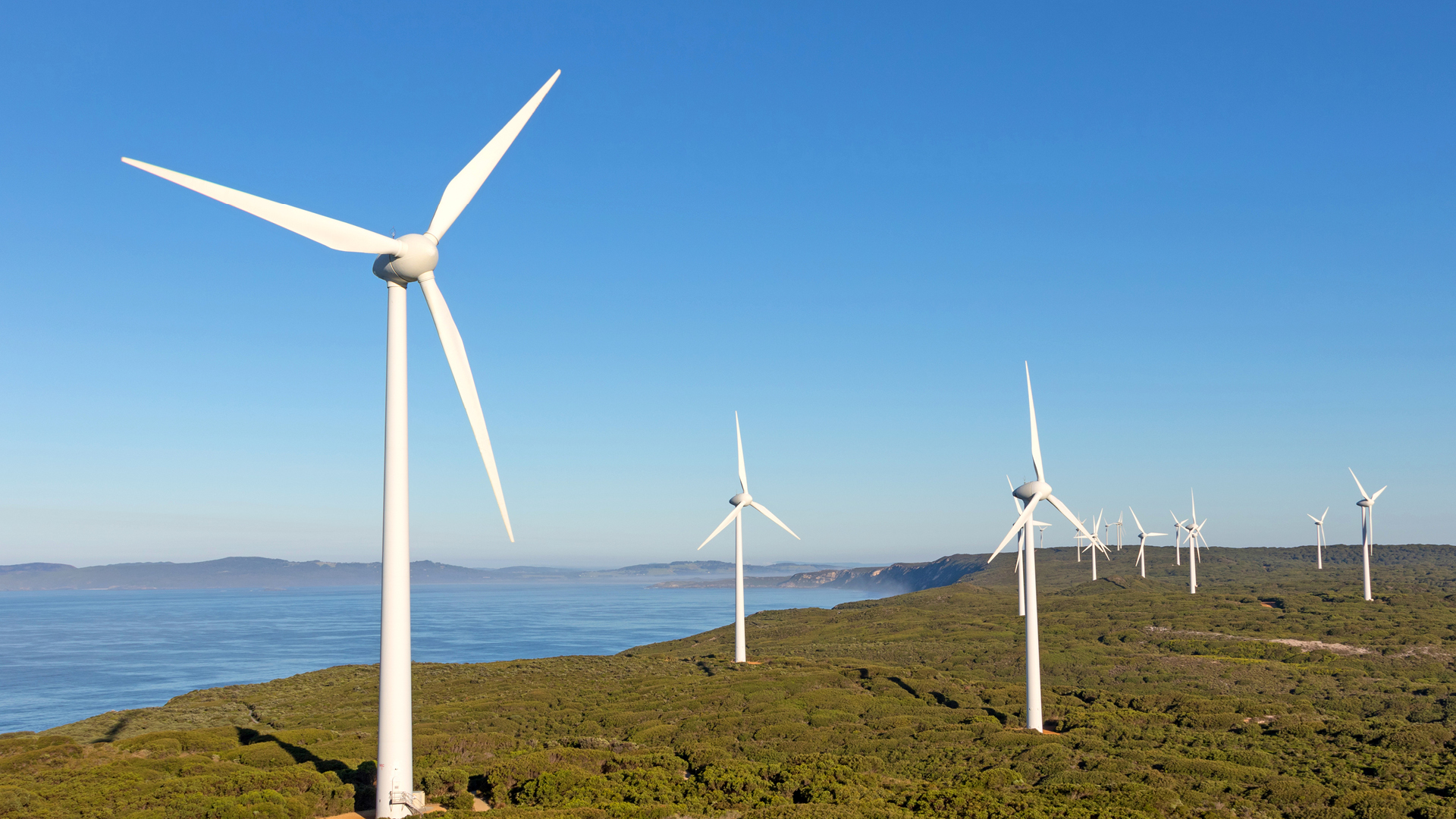ATSE thanks the Climate Change Authority for the opportunity to comment on the 2024 Issues Paper. Setting 2035 emissions reduction goals is particularly timely in the context of the Government’s six sectoral plans for decarbonisation, to which ATSE has been contributing to (see submissions linked below).
ATSE supports the three main principles for setting a 2035 emissions reduction target outlined in the Issues Paper – a target that is ambitious, achievable, and advantageous to Australians. ATSE believes that Australia should aim for net zero emissions by 2035. This goal is technically possible but requires immediate and large-scale action to invest in skills and infrastructure, as well as political, policy and regulatory support at all levels.
This position is set out in more detail in ATSE’s Becoming a Net Zero Nation position statement, which is attached to this letter. This position statement outlines six factors needed to make this transition a success, namely:
- Developing the technologies and policy settings required for a net zero energy network.
- Creating and implementing circular supply chairs to reduce waste and remove emissions at every stage of production, from raw materials to recycling.
- Developing sustainable technologies and regulations for a resilient and net zero-emissions built environment.
- Supporting electrification of the transport network and urgent development of emerging technologies to allow for net zero emissions land, sea and air freight and travel.
- Growing research, development and implementation of technologies to support carbon-neutral primary industries.
- Protecting the natural environment and reducing impacts of energy generation of biodiversity.
Data from NASA suggests that we have already reached 1.36°C above preindustrial levels – our planet’s carbon budget is running out. At the same time, Australia’s investment in developing green technologies and energy is well below our peers – spending three times less than Canada and half as much as the UK and USA on energy research and development (as a proportion of GDP). Action on climate change needs to be urgently accelerated if we are to limit warming to under 1.5°C. The earlier emission reductions occur, the less drastic future cuts will need to be.











